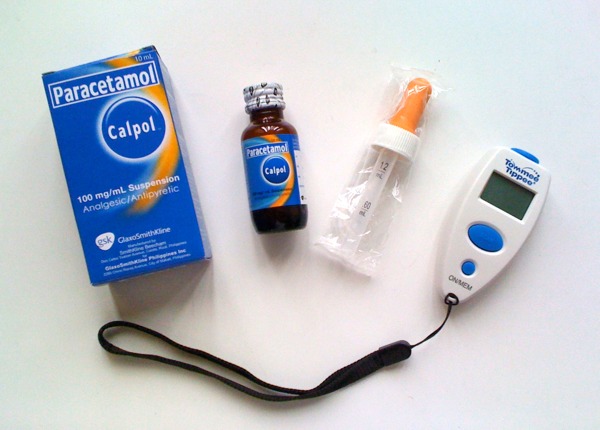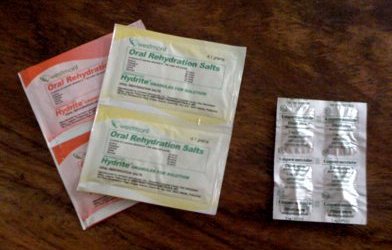[Drowning] is the No. 2 cause of accidental death in [American] children, ages 15 and under (just behind vehicle accidents)—of the approximately 750 children who will drown next year, about 375 of them will do so within 25 yards of a parent or other adult. In some of those drownings, the adult will actually watch the child do it, having no idea it is happening. Look for these other signs of drowning when persons are in the water:Read the full article: Drowning Doesn’t Look Like Drowning. Continue Reading
- Head low in the water, mouth at water level
- Head tilted back with mouth open
- Eyes glassy and empty, unable to focus
- Eyes closed
- Hair over forehead or eyes
- Not using legs—vertical
- Hyperventilating or gasping
- Trying to swim in a particular direction but not making headway
- Trying to roll over on the back
- Appear to be climbing an invisible ladder
The warning signs of drowning
The Philippines is a nation of islands yet many children do not know how to swim. Aside from teaching our children to swim, we should also look out for the warning signs of drowning because as this article says, drowning doesn’t look like it does in the movies.



